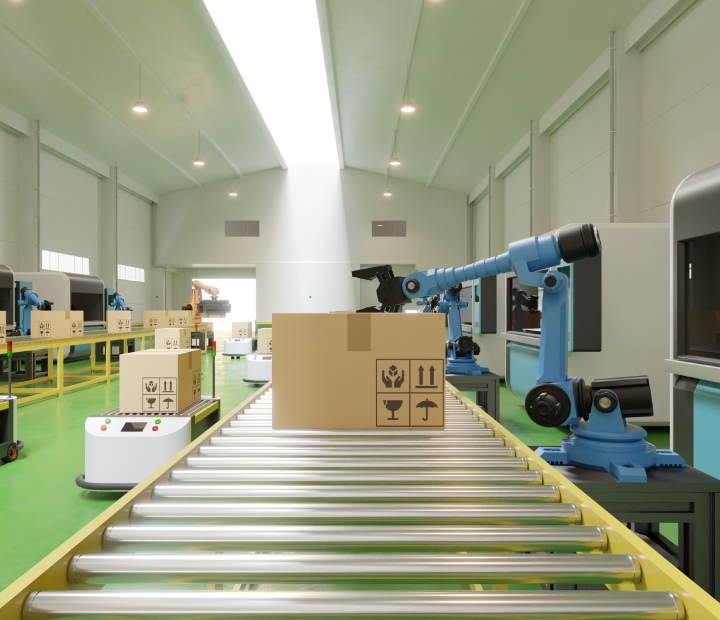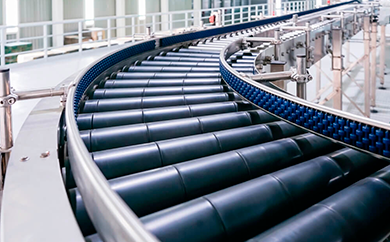
The handling equipment market now offers many different types of roller conveyors, including:
However, not every system will work for you in the best possible way. If you want to make sure all materials are transported without human intervention and handling operations are fully automated, we recommend you to consider:
The decision-making process has to begin with determining all the dimensions of items you are planning to handle. It is critical to pay heed to the length, width, height, and weight because technical specifications of your equipment ultimately depend on these characteristics. For instance, if you are going to deal with shipping boxes of standard sizes, a gravity roller conveyor will be the best. However, it will not be as good as a flexible handling system for applications involving curved sections.

Before choosing the most practical handling system from a range of types of roller conveyors, you should also factor in capabilities of your facility. By calculating the production rate, you will be able to find out the required speed of a conveyor so that it meets your throughput needs and minimizes downtime. The accumulation of goods at a specified location is also of primary importance to ensure the flawless operation.
Such details as conveying volume, distance, and elevation are one of the major factors influencing your choice of a type of roller conveyors. It will be reasonable to determine the area a handling system is supposed to cover and consider whether the items will be conveyed horizontally or vertically. In case you need to move them in a top-down direction, a spiral roller conveyor will be more effective than a gravity unit.

Different types of roller conveyors and designs of handling systems may be required to work well under operational conditions of your facility. Temperature, moisture, sunlight, and dust at a production site call for special belt finishes and steel specifications. For example, if you handle bottles containing liquids, adequate protection against spills and slips will be a must.
As a rule of thumb, a non-powered gravity roller conveyor works great for baggage handling and packaging while a flexible system is more advantageous for cross-docking and truck loading. This is explained by the difference in their designs and technical configurations. However, if there is a need to save floor space at a manufacturing or warehousing facility, a spiral roller conveyor is generally used.
With many types of roller conveyors available on the market, it may be challenging to find the optimal handling system for your needs. All the tips mentioned above will help you to better understand how a conveyor works and what benefits it can provide you with.